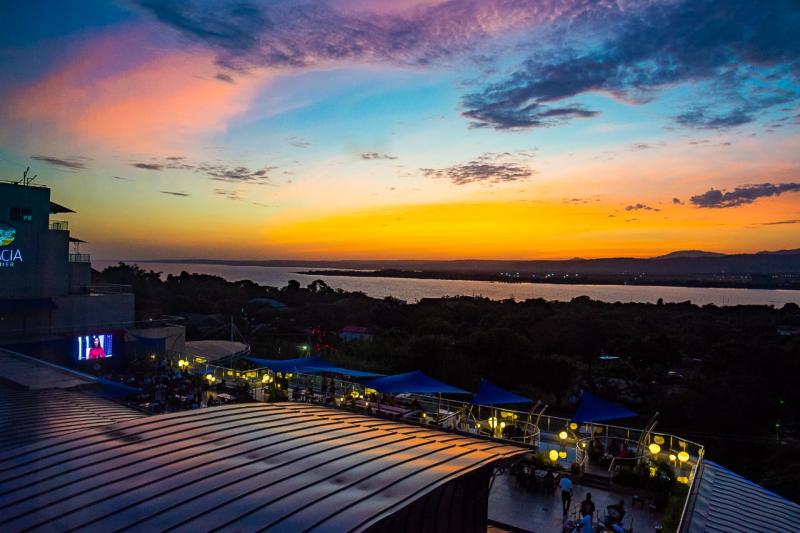×
The Standard e-Paper
Kenya’s Boldest Voice

The travel and tourism industry has been one of the first major casualties of the coronavirus pandemic sweeping the world. With the orders to isolate or lockdown, people have been locked up in their homes or cities with little or no movement.